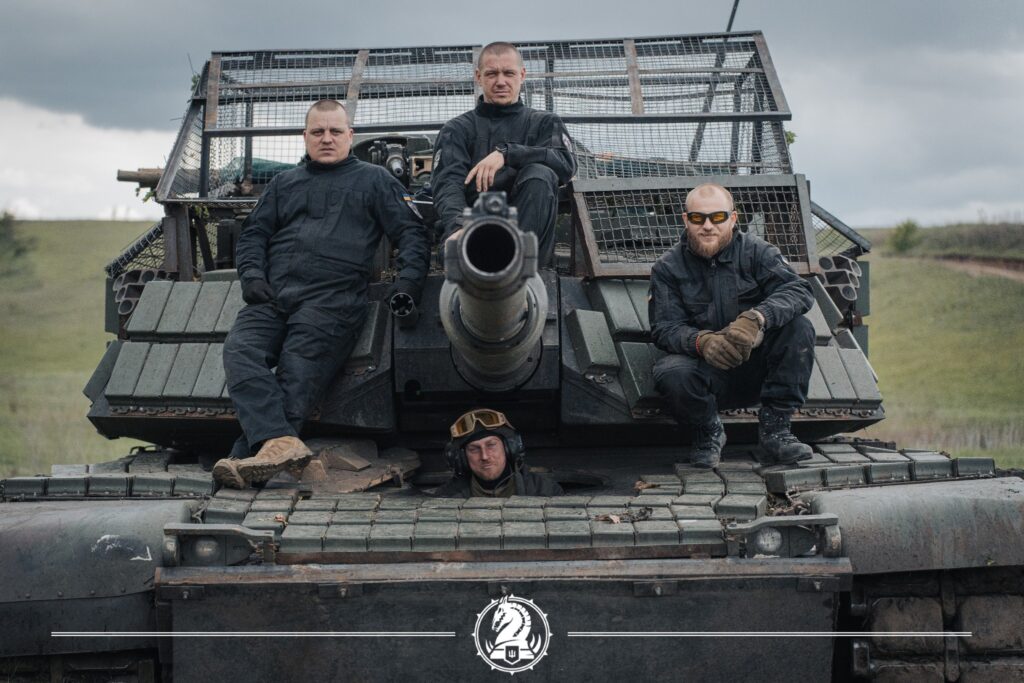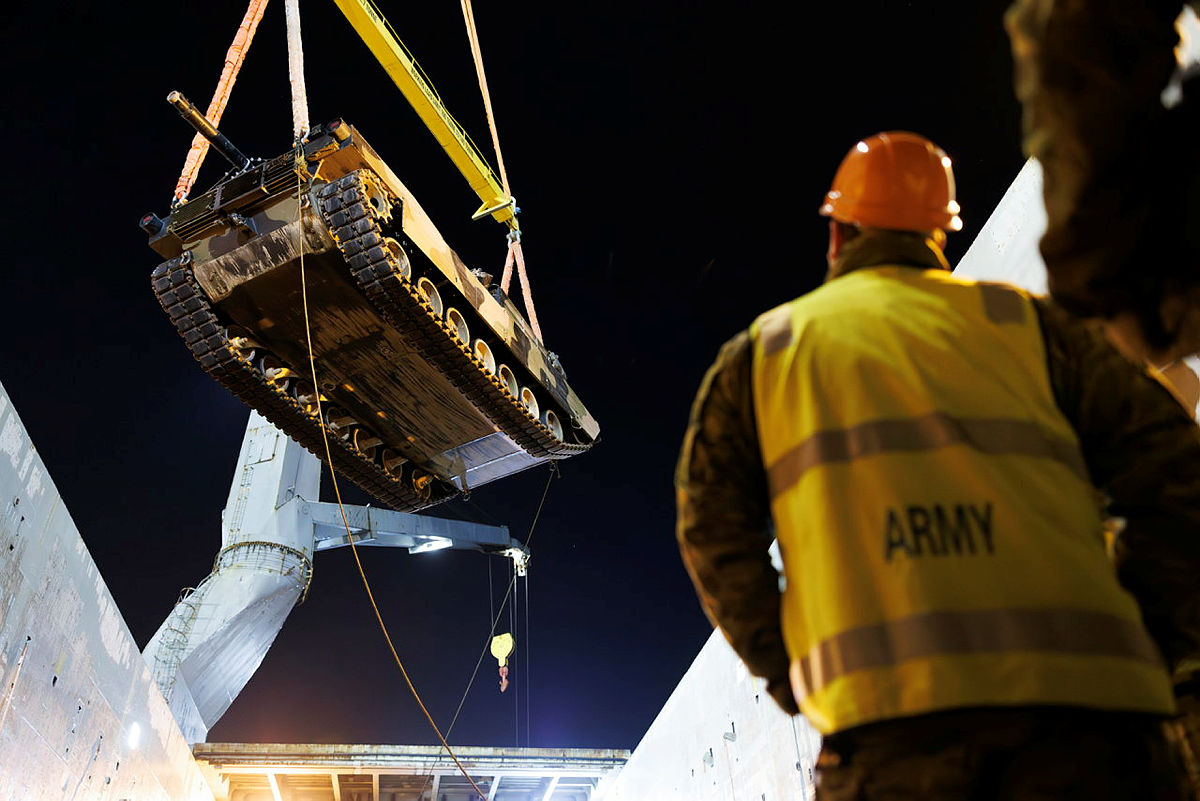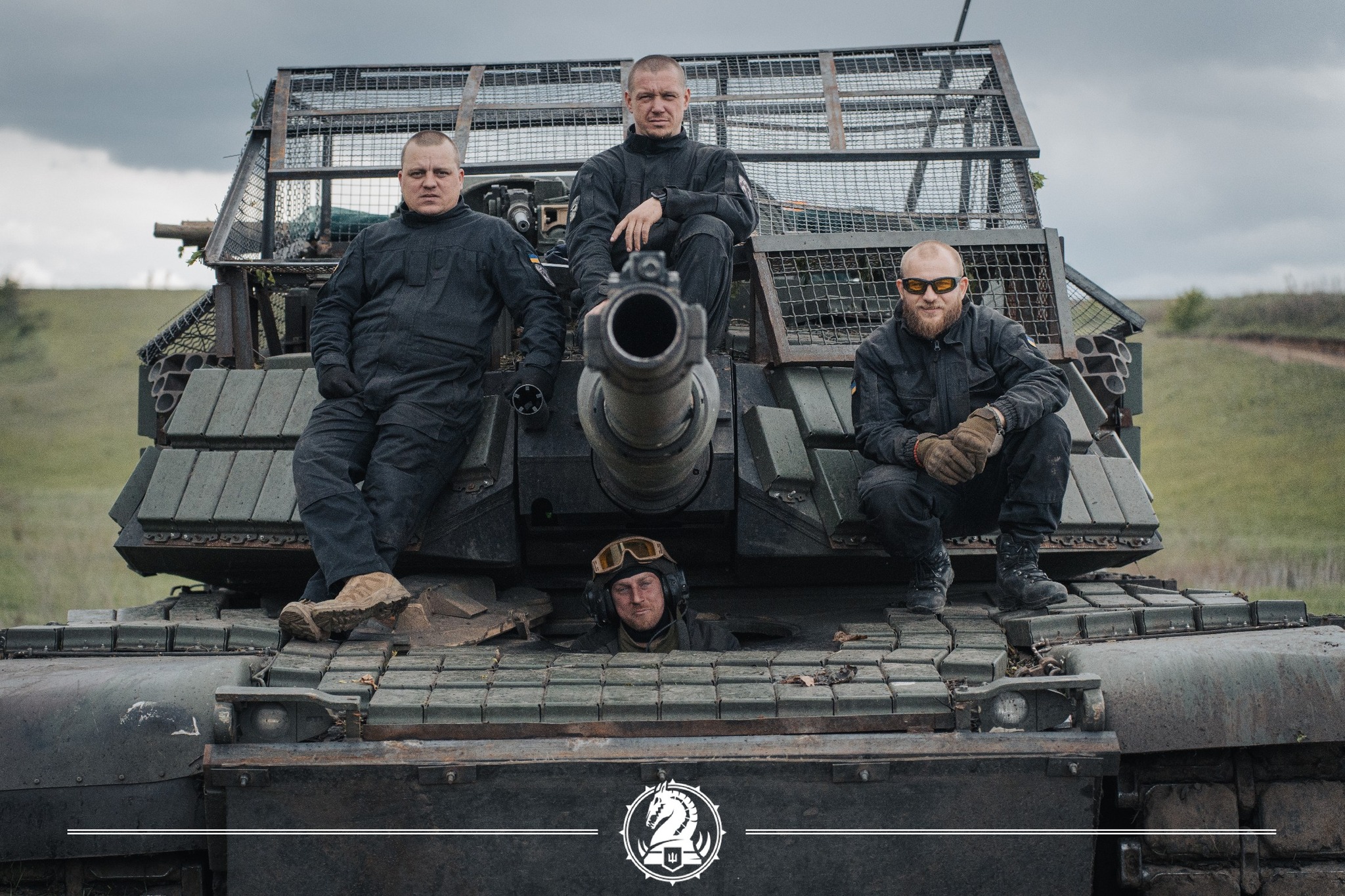Nine months after pledging 49 surplus M-1A1 Abrams tanks to Ukraine’s war efforts, the first batch of the American-made tanks has arrived by sea and rail in Ukraine.
Imagery the Australian defense ministry posted online on Saturday depict the 69-ton, 2000s-vintage tanks loading onto a ship. Separate imagery depicts some of the heavy combat vehicles on train cars, apparently bound for Ukraine after landing in Germany.
The tanks are a welcome addition to Ukraine’s arsenal. The country’s first consignment of 31 M-1A1s, pledged by the United States in 2023, is running low after Russian forces destroyed, captured or damaged no fewer than 22 of the vehicles.
Forty-nine fresh M-1s, supplemented by the survivors of the 31 US-donated tanks, should be enough for two battalions, which would notionally possess 31 tanks apiece. But the Aussie Abrams, which are being replaced in the Australian army by a new model of the classic tank, are arriving at a tumultuous time for Ukraine’s armor corps.
As recently as nine months ago, the Ukrainian army had five full tank brigades in its order of battle: the 1st, 3rd, 4th, 5th and 17th Tank Brigades. On paper, each brigade had three battalions of 31 tanks for a total of 93 tanks per brigade.
That made the brigades among the most powerful formations in the Ukrainian military. In reality, the 5th Tank Brigade didn’t fully form until this year. And the 1st Tank Brigade may have been the only one of the units to fight as a brigade, with all of its battalions and tanks.
When the Russian 41st Combined Arms Army barreled south from its staging areas around the Belarus-Russia border during the early days of the wider Russian invasion of Ukraine in February 2022, it quickly approached the city of Chernihiv, 60 km south of the border.
It ran into the 1st Tank Brigade lying in wait in the fields and forests surrounding Chernihiv. On paper, the 41st CAA with its 20,000 troops and hundreds of T-72 tanks vastly outmatched the 1st Tank Brigade, with its several thousand troopers and—on paper—93 T-64 tanks.

Fleeting tank edge
In reality, the 1st Tank Brigade held key advantages, analysts Mykhaylo Zabrodskyi, Jack Watling, Oleksandr Danylyuk and Nick Reynolds revealed in a study for the Royal United Services Institute in London. The fast autoloader in the three-person T-64 and the Ukrainian army’s superior training made the most difference in the chaotic early fights around Chernihiv.
“Better crew training combined with short-ranged engagements where their armament was competitive, and the faster autoloader on the T-64, allowed Ukrainian tank crews to achieve significant damage against surprised Russian units,” Zabrodskyi, Watling, Danylyuk and Reynolds wrote.
Stymied by the 1st Tank Brigade, the Russians were never able to capture Chernihiv, even briefly. Defeated around Kyiv, the invaders retreated from north-central Ukraine a few weeks later. That may have been the last time in the current wider war that a Ukrainian tank brigade fought with its full might.
Since then, “tank brigades have never operated as full brigade-level formations,” according to Militaryland, which tracks changes in the Ukrainian force structure. Not only has Ukraine struggled to maintain a large tank inventory after losing nearly 1,200 to Russian action, the tanks are also losing their relevance on a battlefield patrolled by tiny drones.
“The reduced time between detection and engagement, driven by real-time drone surveillance and the high velocity of [first-person-view] attack drones, has created a hostile environment for traditional armored platforms on the battlefield,” Ukrainian analysis group Frontelligence Insight explained.

Since late last year, the Ukrainian defense ministry has been gradually reorganizing its five tank brigades, reducing their tank inventories by ⅔, adding infantry fighting vehicles and transforming the units into “heavy mechanized brigades.”
Only the 4th Tank Brigade is officially still a tank brigade. But according to Militaryland, it’s already shedding tanks and adding mechanized infantry as it prepares to announce its new designation.
With every day that passes, there are fewer active tanks in the Ukrainian inventory. Between the reorganization of the tank brigades and the reshuffling of tank battalions in other brigades, Ukraine’s tank force structure could shrink by half this year—to potentially fewer than 1,000.
The tanks that remain—up-armored to give them some chance of surviving aerial attacks—now spend most of their time indoors or underground, hiding from the FPV drones that are everywhere all the time over the front line. The giant armored vehicles normally emerge only briefly to fire a few rounds at distant targets before retreating back into hiding.
Just one brigade, the Ukrainian army’s 47th Mechanized Brigade, ever operated the US-donated M-1s. It’s possible that brigade will replenish its armor battalion with ex-Aussie tanks. That would leave a second Abrams battalion that could join a different brigade or align under one of Ukraine’s new army corps.
Wherever they land, don’t expect them to play a leading role in the fighting. It’s a new “era of the cautious tank,” to quote Ukrainian-American war correspondent David Kirichenko. And that applies to those fresh Aussie Abrams.






